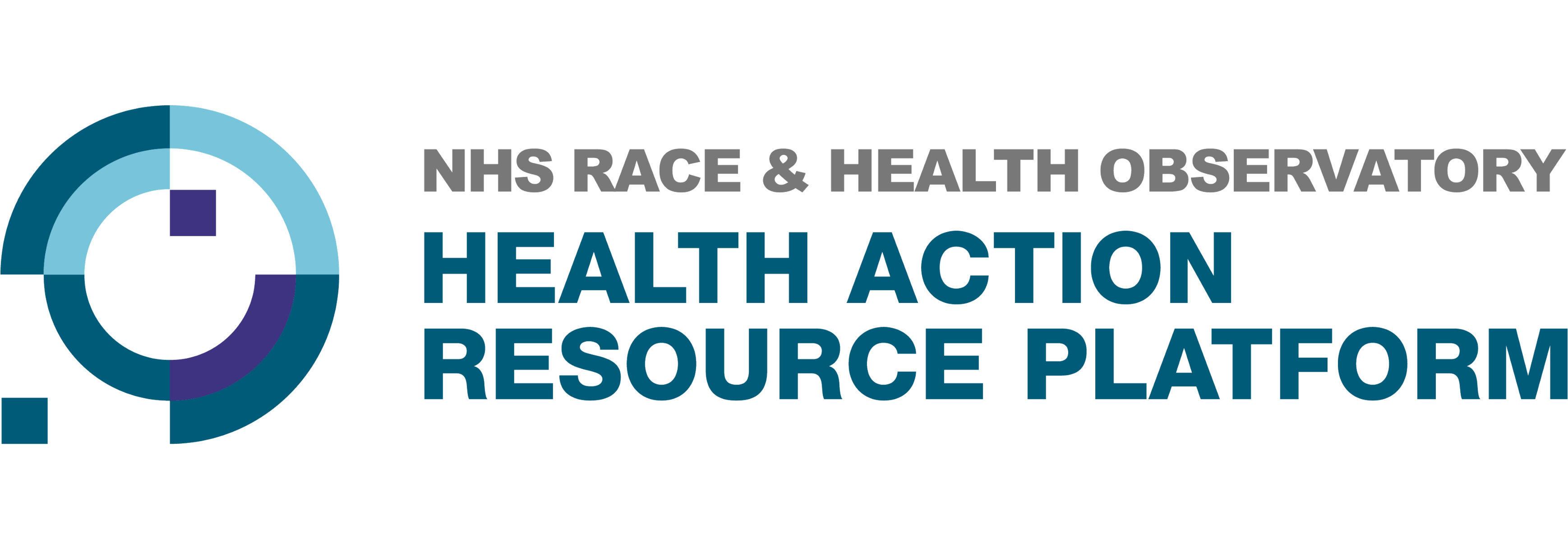Introduction
Diabetes is a condition that causes a person’s blood pressure to become too high. There are 2 main types of diabetes:
- type 1 diabetes is a lifelong condition where the body’s immune system attacks and destroys the cells that produce insulin.
- type 2 diabetes is a condition where the body does not produce enough insulin, or the body’s cells do not react to insulin properly. In the UK, over 90% of all adults with diabetes have type 2.
Non-diabetic hyperglycaemia, or pre-diabetes, is when blood sugar levels are above the normal range, but not high enough to be diagnosed as having diabetes.[1]
There is evidence showing that experiences of diabetes care are different for people of different ethnicities. This is particularly concerning because some ethnic groups are at higher risk of developing type 2 diabetes.
Engagement work undertaken by Diabetes UK as part of their Tackling Inequalities Commission has revealed that patients from Black, Asian and minority ethnic groups sometimes receive a different quality of care for their diabetes, that they are not being referred for the same treatments as White patients, and that information about diabetes is often not culturally adapted.[2]
⇑ HbA1cBlack children and young people
Black children and young people are the most likely to have higher than average HbA1c, but the least likely to be using diabetes technologies such as pumps or Continuous Glucose Monitors (CGMs) – technologies[3]
⇑ More likelyType 2 Diabetes
People from Black African, African Caribbean, and South Asian (Indian, Pakistani, Bangladeshi) backgrounds are more likely to develop type 2 diabetes[4]
⇑ RatesAt an early age
Black and South Asian people in the UK not only have a higher prevalence of diabetes, but they also develop the condition at an earlier age[5]
References
- [1] https://www.nhs.uk/conditions/diabetes/
- [2] https://www.diabetes.org.uk/about-us/news-and-views/our-new-report-issues-recommendations-tackle-diabetes-inequality-uk
- [3] Ng, Sze May, and Mark L. Evans. “Widening health inequalities related to type 1 diabetes care in children and young people in the UK: A time to act now.” Diabetic Medicine 38.11 (2021): e14620.
- [4] https://www.diabetes.org.uk/about-diabetes/type-2-diabetes/diabetes-ethnicity.
- [5] Winkley, Kirsty, et al. “The clinical characteristics at diagnosis of type 2 diabetes in a multi-ethnic population: the South London Diabetes cohort (SOUL-D).” Diabetologia 56 (2013): 1272-1281.
